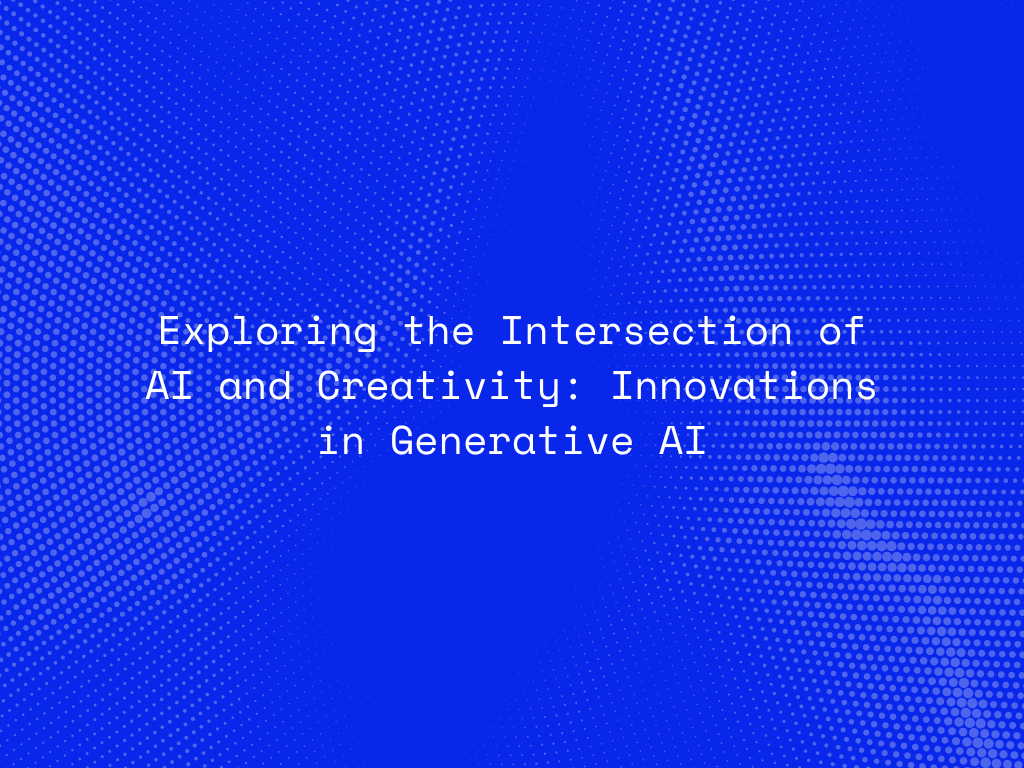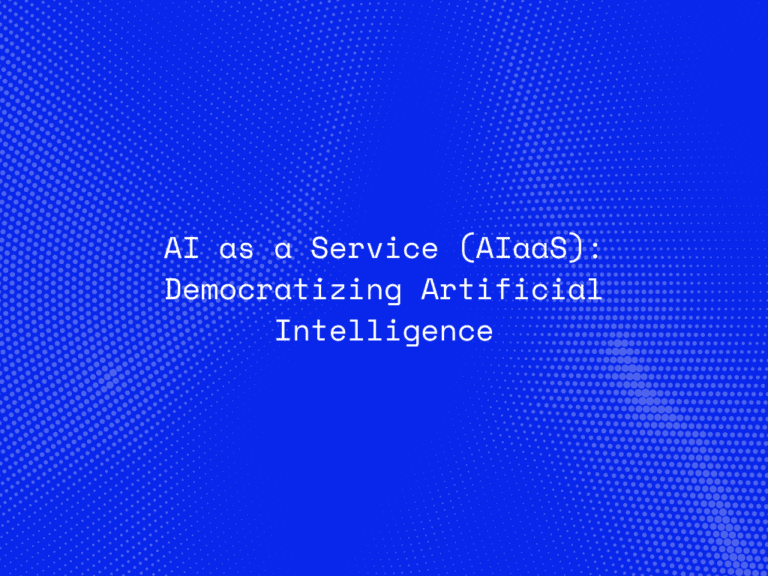The fusion of Artificial Intelligence (AI) and creativity has opened up unprecedented opportunities for innovation. At the heart of this technological revolution is Generative AI, a subset of AI that’s transforming the way we think about content creation, art, music, and even problem-solving. With its ability to autonomously produce text, images, code, and more, Generative AI is shaping the future of creative industries.
Understanding Generative AI
Generative AI refers to machine learning models that can generate new data based on patterns they have learned from existing data. Unlike traditional AI, which focuses on recognition or classification tasks, Generative AI creates entirely new outputs that were never part of the original dataset.
Some popular models, like GPT-4 for natural language processing or DALL·E for image generation, are prime examples of how machines can generate unique, human-like outputs. These systems rely on vast amounts of data and advanced algorithms to produce creative solutions that can rival human innovation.
How AI is Enhancing Creativity
Creativity is often viewed as a uniquely human trait, but AI is challenging that notion. Generative AI has proven capable of contributing to various creative fields, including:
-
Art: AI-generated art is becoming mainstream, with platforms like DALL·E and MidJourney producing visuals that reflect an artist’s style or generate entirely new aesthetics. Artists can use these tools to enhance their creative process, offering inspiration or automating time-consuming tasks.
-
Music: AI models are now able to compose original music, harmonize melodies, and even write lyrics. Tools like OpenAI’s Jukebox are enabling musicians to explore new soundscapes or collaborate with an AI as if it were a band member.
-
Writing: From generating story plots to crafting high-quality marketing content, AI tools like ChatGPT are redefining how writers and businesses create written content. These models can assist with brainstorming, producing drafts, or even improving grammar and style.
-
Design: Graphic designers are also leveraging AI tools to speed up workflows and generate new design concepts. Generative AI can automate repetitive design tasks while maintaining a brand’s aesthetic or explore unconventional design patterns that might not occur to a human.
Connect With Us
Innovations Driving Generative AI
Several innovations are pushing the boundaries of AI-generated creativity. These include:
-
GANs (Generative Adversarial Networks): One of the most important breakthroughs in AI, GANs consist of two models—the generator and the discriminator—that compete against each other to create increasingly realistic outputs. GANs have been instrumental in advancing AI’s ability to generate realistic images, videos, and 3D models.
-
Transformer Models: Large transformer models like GPT-4 are known for their ability to generate high-quality text. These models rely on massive datasets and deep learning techniques to predict and produce coherent and contextually appropriate text, making them invaluable in creative industries like content writing, storytelling, and journalism.
-
Neural Style Transfer: This technology enables AI to apply the style of one image to the content of another. Artists and designers have used this technique to blend different styles, creating unique artwork that combines traditional and modern influences.
-
AI-Driven Co-Creation Platforms: AI is no longer just a tool; it’s becoming a collaborator. Platforms like Runway and Artbreeder allow users to work alongside AI to create new art forms, where the human artist guides the process and the AI helps refine it.
Ethical Implications and Challenges
As AI’s role in creativity grows, so do the ethical concerns. Copyright issues, the displacement of creative jobs, and the potential for AI-generated misinformation are all challenges that need to be addressed. Additionally, while AI can generate impressive content, it still lacks the emotional depth and intentionality that human creators bring to their work.
Another concern is the “black box” nature of AI, where it’s often unclear how an AI model arrives at its outputs. This lack of transparency can lead to issues of trust, especially in fields like journalism or music composition.
Connect With Us
The Future of Generative AI in Creative Industries
The future of AI and creativity is bright. As Generative AI models continue to evolve, they will become more powerful, efficient, and accessible. In the next few years, we may see a more widespread adoption of AI in creative industries, with AI becoming a standard part of the artistic toolkit.
For creative professionals, the key to success will be in embracing AI as a collaborator, rather than viewing it as a competitor. By leveraging AI’s ability to generate ideas, automate tasks, and push the boundaries of what’s possible, artists, musicians, writers, and designers can unlock new levels of creativity.
Conclusion
Generative AI is reshaping the landscape of creativity, offering innovations that are both exciting and transformative. As AI continues to improve, its impact on creative industries will only grow, offering new possibilities for collaboration and creative expression. While challenges remain, the intersection of AI and creativity promises to be one of the most dynamic and revolutionary developments of the 21st century.
Are you ready to explore the potential of Generative AI in your creative endeavors? Stay ahead of the curve and embrace the future of creativity today.




